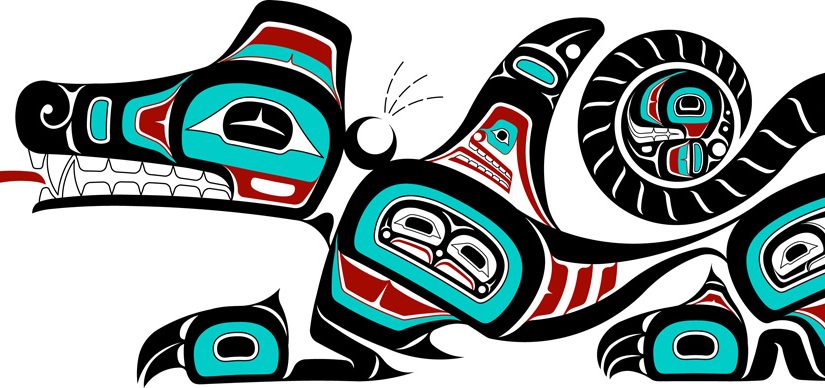Write a summary of three significant points that you find most interesting in the final chapter of If This is Your Land, Where are Your Stories?
Chamberlin encourages us in the last chapter of his novel to see things from different perspectives and realize that there is always more than one truth. In Chapter 11, Chamberlain tells us the story of the legendary Mediik during the Delgamuukw case in 1997.
Story-Telling
Story-telling is a way of defining our place in society and our identities on this planet. Chamberlin starts the chapter with the story from the Gitksan about Mediik the grizzly, the sacred mountain of Stekyooden, and village of Temlaxam. It is the story of a flood and for the Gitskan, story-telling is a completely accurate means of depicting these historical events. They stated, “when the villagers did not listen Mediik came roaring down the mountain bringing much of it with him covering the valley floor and destroying the village of Temlaxam, once a place of peace and prosperity to the people who lived there” (Chamberlin 219).
In the perspective of mainstream Canadian culture, scientific evidence is the only correct means of proving this historical story to be accurate (Chamberlin 220-221). Both stories are accurate in their own right but are seen as complete opposites and unrelated to one another. Despite how the scientific story confirms the Mediik legend, the Gitksan people were still required to persuade the judge that both stories complimented and did not discredit one another.
Differences between Cultures Need to Be Embraced
Chamberlin expresses his sentiments through his telling of a broad range of ‘ceremonies’ which are practiced by varying cultures. These differences of the ceremonies separate them as individuals and yet forms identities in groups, therefore these differences are necessary (240). There are inevitable differences that exist between cultures which must be embraced in order for respect and understanding to occur. The differences in the values of Gitxsan vs. our culture is displayed here and here
Contradictory Truths
The next concept I’d like to discuss deals with our perception between the “realistic” discoveries of the sciences and “imaginative” inventions of religion and the arts (Chamberlin 233). Why are the stories that have been told to us or that we tell ourselves always thought of as false? The author of “If This is Your Land, Where are Your Stories?” urges his readers to break free from cultural dichotomies and stop thinking of indigenous culture as a separation from ours. Chamberlin states that we often separate ourselves from “Us” and “Them” because of these difference in truths and that we should move beyond cultural borders to understand that there is no “us” and “them” and that there is only one.
Camberlin states, “the problem is our forgetting the contradiction between fact and fiction, the true and the not true, upon which any story-including our own story-depends for its power; and our ignoring the credit upon which any currency…ultimately depends” (Chamberlin 230). He is emphasizing that rejecting Aboriginal truths should not define us as people.
He mentions that there are two stories which chronicle the events of how we came to be and the ceremonies of belief of why we belong in Canada (Chamberlin 227). The conflict between these two strain of thought initiates when we try to compare these stories and eventually believe only one and that you must dismiss the other in order to not discredit your own.
The story of the Mediik has it’s own truth just as ours have our own. Once we realize that these stories are not meant to be separate or alien to one another, we begin to foster respect for other cultures. These new thoughts may even start uniting us instead of tearing people apart.
What do you think of my perspective on these issues?
Are there contradictory truths?
Works Cited:
Beaudoin, Gérald A. “Delgamuukw Case.” The Canadian Encyclopedia. N.p., 7 June 2006. Web. 16 Sept. 2016.
Chamberlin, J. Edward. If This Is Your Land, Where Are Your Stories?:Finding Common Ground. Toronto: Vintage Canada, 2004. Print.
Huffington Post. “Gitxsan First Nation.” Gitxsan First Nation. N.p., n.d. Web. 16 Sept. 2016.
Nathaniel P. Wilkerson – Wilkerson Art. “Nathaniel P. Wilkerson – Gitxsan Artist – Wasco Gallery.” Nathaniel P. Wilkerson – Gitxsan Artist – Wasco Gallery. N.p., n.d. Web. 16 Sept. 2016.
